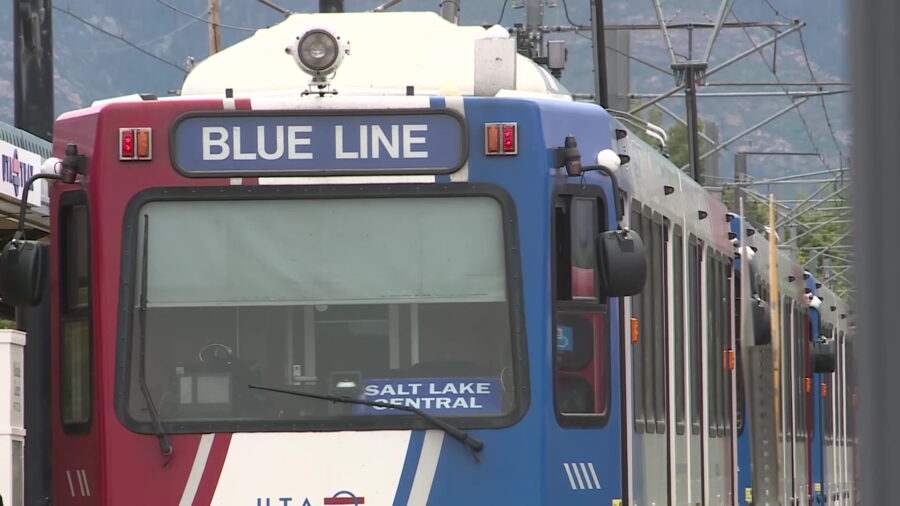How are avalanche danger levels determined in Utah?
Jan 10, 2024, 7:00 AM

Craig Gordon, a forecaster with the Utah Avalanche Center (L) speaks with KSL NewsRadio reporter Allessandra Harris (R) about how his agency determines the level of avalanche danger at any given time across the Wasatch Front. (Zoom screenshot)
(Zoom screenshot)
SALT LAKE— Skiers and snowboarders alike are warned to check for avalanche danger before hitting the slopes and backcountry. But how are those danger levels established?
What creates an avalanche?
“Avalanches occur on steep snow-covered slopes either because there are changes in the new snowfall, or there are pre-existing weak layers on that snow-covered slope that then get overloaded with new snow,” said Craig Gordon, a forecaster with the Utah Avalanche Center.
Weak layers in the snow can be created after periods of relatively warm nights and cold days. This turns surface snow sugary and easily breakable. So, when more snow falls on top of that weak layer, it can easily break to create an avalanche. Pressure from skis, snowboards, boots, and snowmobiles can also cause the snow to break.
Right now there is a mid-December drought layer of weak snow in the mountains that has created considerable chances of avalanches from Logan to Moab.
How is avalanche danger determined?
The Utah Avalanche Center creates danger ratings based on a series of daily tests.
“First thing in the morning, we’re looking at remote weather stations, we’re gathering all of that data before we even head out the door,” explained Gordon.
The data they collect gives them an idea of current weather conditions as well as what they can expect through the week.
Gordon said after checking the weather stations, they check other conditions like snowfall and wind from the car windows as they drive up the mountains.
Once reaching the upper area of the mountain or trail head, they will start to perform stress tests on the snow to check it stability.
“We’re testing that snow. Feeling how it reacts to either our skiis or snowmobiles or just underfoot,” he said. “We’re digging into the snow and we’re looking at those suspect deep layers and we’re taking all of this information in.”
They then compile all the data they have collected through the morning, and post the overall avalanche danger for different ranges across the state.
Avalanche expectations for the week
With more snow expected throughout this week avalanches will become more likely.
“More snow means more avalanches,” said Gordon.
Currently conditions are considerable for most Utah mountain ranges, which means both human-triggered and natural avalanches are likely.
“We’re going to start to see that danger spike up with this next series of storms,” said Gordon. “You’ll be able to trigger avalanches low on the slope from quite a distance. So we’re advising that people stay off of and out from under steep, winddrifted slopes.”
He added that in order for Utahans to stay safe this late winter season, they need to be informed.
“No matter how we’re recreating out on the snow, skiing, boarding, snow mobiling, extreme snow-angeling, no matter what we’re doing, we need to be armed with the latest avalanche forecast for the zone you plan to travel in.”
Current avalanche conditions and more information can be found on their website.
Other reading:
- Little Cottonwood Canyon is one of most avalanche-prone canyons in the world, U of U professor says
- How do forecasters determine avalanche risk?
- ‘Persistent weak layer’ caused fatal Pole Canyon avalanche













